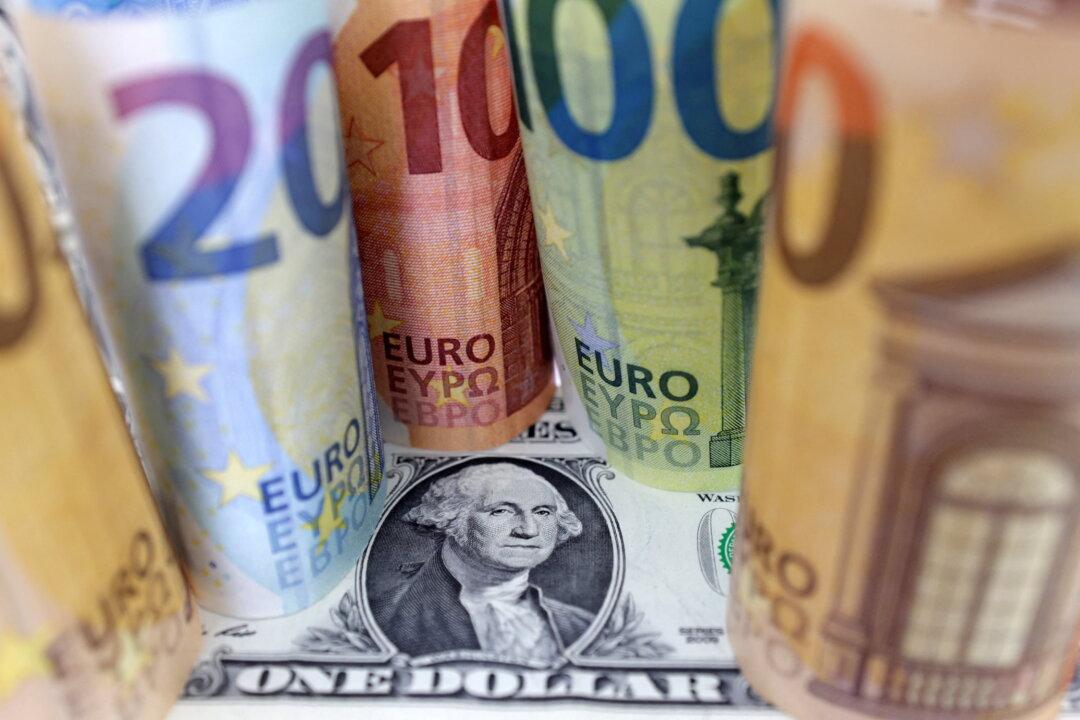LONDON—The U.S. dollar rose on Thursday but held below a 12-week high reached earlier in the week, as traders digested comments from policymakers in the previous session that suggested rates would remain higher for longer.
On Wednesday, several Federal Reserve speakers gave a range of reasons for feeling little urgency to start easing policy in the United States soon, or to move quickly once they do.





